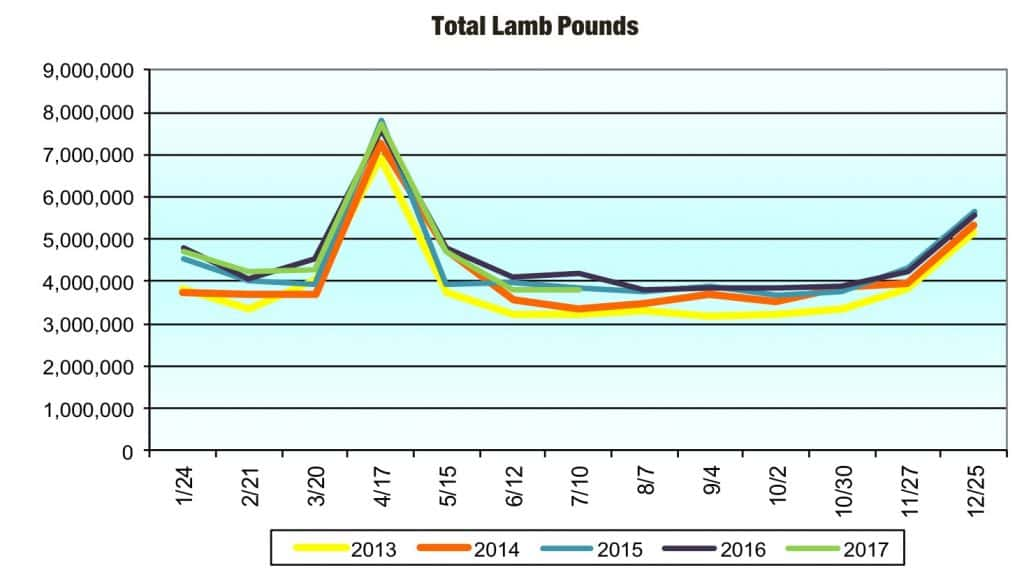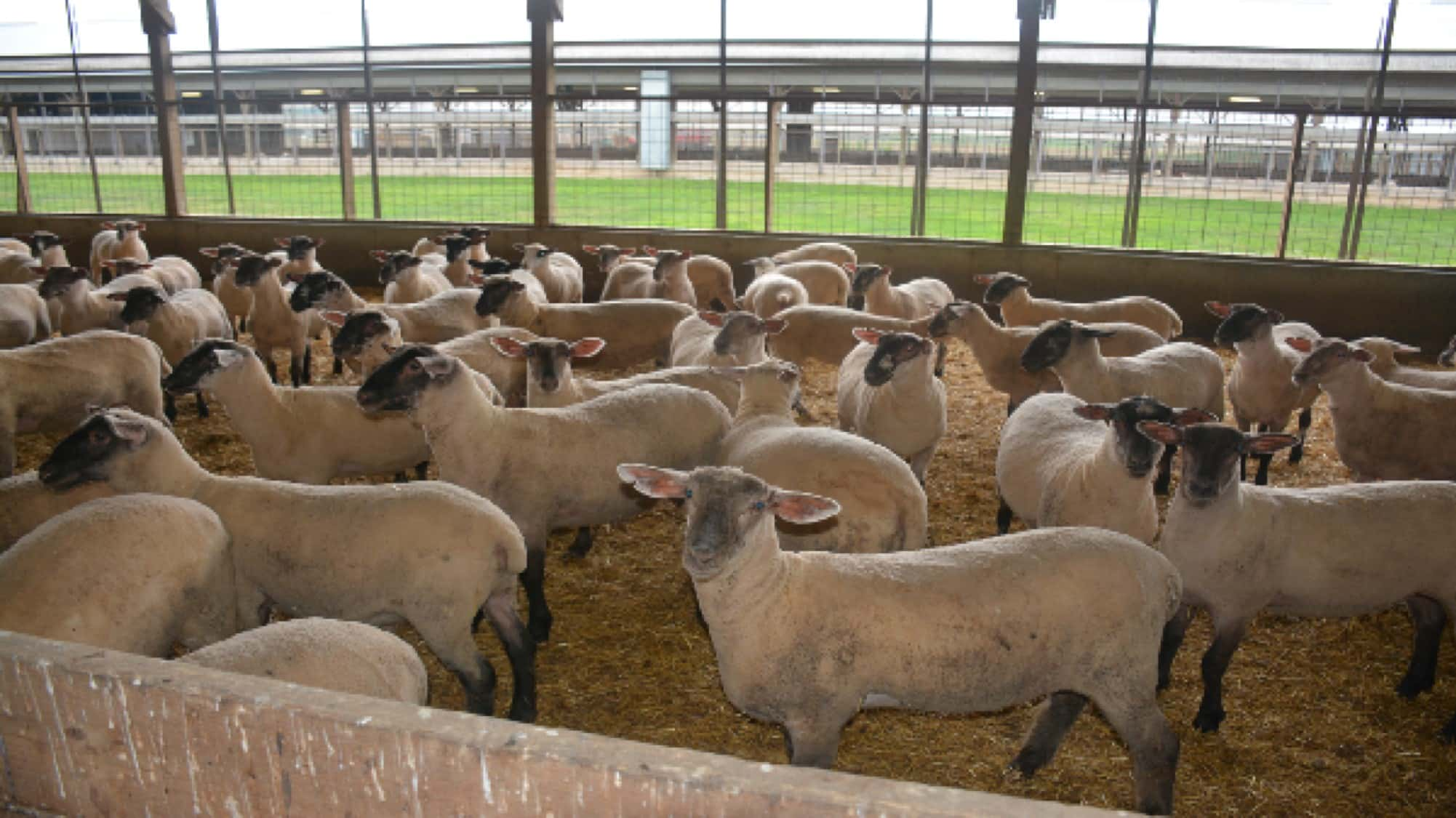With about 85% of the US lambs born between January and May, yet demand for fresh product throughout the year, is there profit opportunity for producers who can shift their lambing season?
This topic was explored from several perspectives during the American Lamb Summit, sponsored by the American Lamb Board (ALB) and Premier 1 Supplies, which brought together about 200 sheep producers, feeders and packers to Colorado State University (CSU) August 27-28, 2019.
“It is actually time of harvest not time of lambing that the sheep industry should be looking at more closely,” summarized session moderator Reid Redden, PhD, Texas AgriLife sheep and goat specialist. “Keep in mind that aseasonal production can mean slight changes to fit into the system year-round instead of drastic changes,” he added.
Lamb retail sales continue to be largest during the Christmas and Easter holiday seasons, and demand can be met with traditional spring-born lambs that are harvested at 8 to 12 months of age. In addition, imported lamb supply increases prior to both holiday events. It’s the June through August time period when the lamb harvest is critically low.

For the Moser family of Triple Creek Farm near Lester, Iowa, aseasonal and accelerated lambing has resulted in greater production per ewe. Just as importantly, it was a way to spread the need for labor to a more consistent level throughout the year, said Alex Moser. The family’s flock of about 850 Polypay type ewes has an annual lamb crop of almost 270% and lambs are sold almost every month. With many family members having jobs off the farm, lambing four times a year avoids huge spikes in labor requirements.

Richard Ehrhardt, PhD, Michigan State University, is one of the leading experts on aseasonal production. He pointed out that what the Mosers are doing meets several criteria for success for aseasonal production. At the top of his list is nutrition. “Flushing has a big impact on lambing percentage regardless of breeding season,” he said.
The other critical success factors for producers to investigate are using breeds known for the ability to lamb off-season, using environmental tools to increase ewe cycling such as lighting protocols, and maximizing reproductive effectiveness, including synchronizing estrus methods, according to Ehrhardt.
A recently completed ALB-funded economic analysis looked at the profitability potential of out-of-season lambing. The simple answer is that it depends, said David Anderson, PhD, Texas A&M University, who conducted the analysis. Gains in off-season lamb prices can be lost due to increased feed costs, lower conception rates, and various other factors.
“There is no simple answer if this is a profitability avenue. Producers need to do their homework. But, there are situations when it’s a great option, such as the Mosers,” said Redden. “And there are options that allow for spreading out lamb marketings, such as moving singles, which tend to weigh more, into different feeding and marketing protocols compared to twins, which tend to be lighter weight.”
###
American Lamb Board


